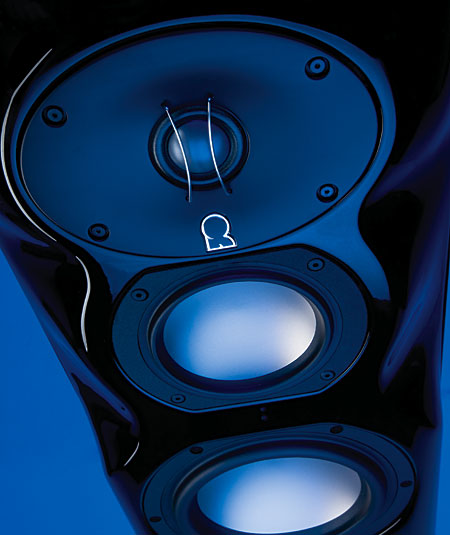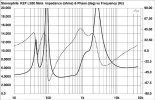Rich, you are touching on something that may be a little more complicated than just power (okay, and linearity if you wish

). I never even like the term "power" to be used this way but I can understand why they (those in the audio world at the time)started off using the term from way back. As for the demands placed on the amplifier by such speaker, if you focus on the amp's current and voltage output capability as well as its ability to dissipate heat, the SPL requirement of the user based on listening habits, seating distance, and of course the speaker's specifications, then one can do some calculations to see if an amp is capable of driving the speaker specified (such as the LS50 meta in this discussion). One can see that even an AVR amp such as those in the AVR-X4700H can meet the demand of those speakers for a lot of their owners. After all, KEF recommended 40 to 100 W, obviously based on the specified nominal impedance of 8 ohms. Now I would recommend an amp rated for 100-200 W 4 ohm rated amp but that would be just my choice, not KEF's. JA is very knowledgeable, but he often like to emphasize impedance and phase angle when consider the so called "power/or current demand" on amplifiers, and not emphasizing enough about the probably more important aspects, that is the "demand" put on the speaker by the user. Not a big deal, just that I think both considerations are important.
For argument sake, based on 85 dB/2.83V/1m, an amp capable of 50 W into 4 ohms can get the listener more than 94 dB SPL (max. peak) from 8 feet, with one single speaker without room gain. KEF rated the speaker nominal impedance 8 ohms, with minimum dip to 3 ohms, not those much lower EPDR JA referred to.
In fact, ultimately, the demand put on the amplifier is determined not only by the speaker's electrical characteristics and maximum spl output, but also the user's requirement that is mostly dictated by his/her listening habits.
You can certainly drive them with a 200 W/400 W 8/4 ohm rated amp, but that doesn't mean the LS50 meta is all that demanding on amplifiers because while current hungry, that's in relative sense only but in absolutely sense, KEF's recommended 40 - 100 W seems reasonable as long as the amp is in fact so called 4 ohm rated.
As Doug Schneider, said in the SoundStagehifi review:

www.soundstagehifi.com
KEF’s spec of recommended amplification of 40-100Wpc seems on the mark, though I’d think more power would be better than less -- a sensitivity of 85dB is a bit on the low side. But this is a small two-way speaker -- while you could use an amp that delivers 100Wpc or more, you shouldn’t necessarily feed speakers all of its juice, for fear of damaging the speakers.
Back to JA's use of the EPDR, he noted: "EPDR is the resistive load that gives rise to the same peak dissipation in an amplifier's output devices as the loudspeaker".
So again, that's an equivalency based on heat dissipation the output devices could be subjected to, not the actual magnitude of the current though. The magnitude of current in amperes will still be calculated by I = V/|Z|, where |Z| is the absolute value, or simply, the magnitude of the impedance in ohms.





